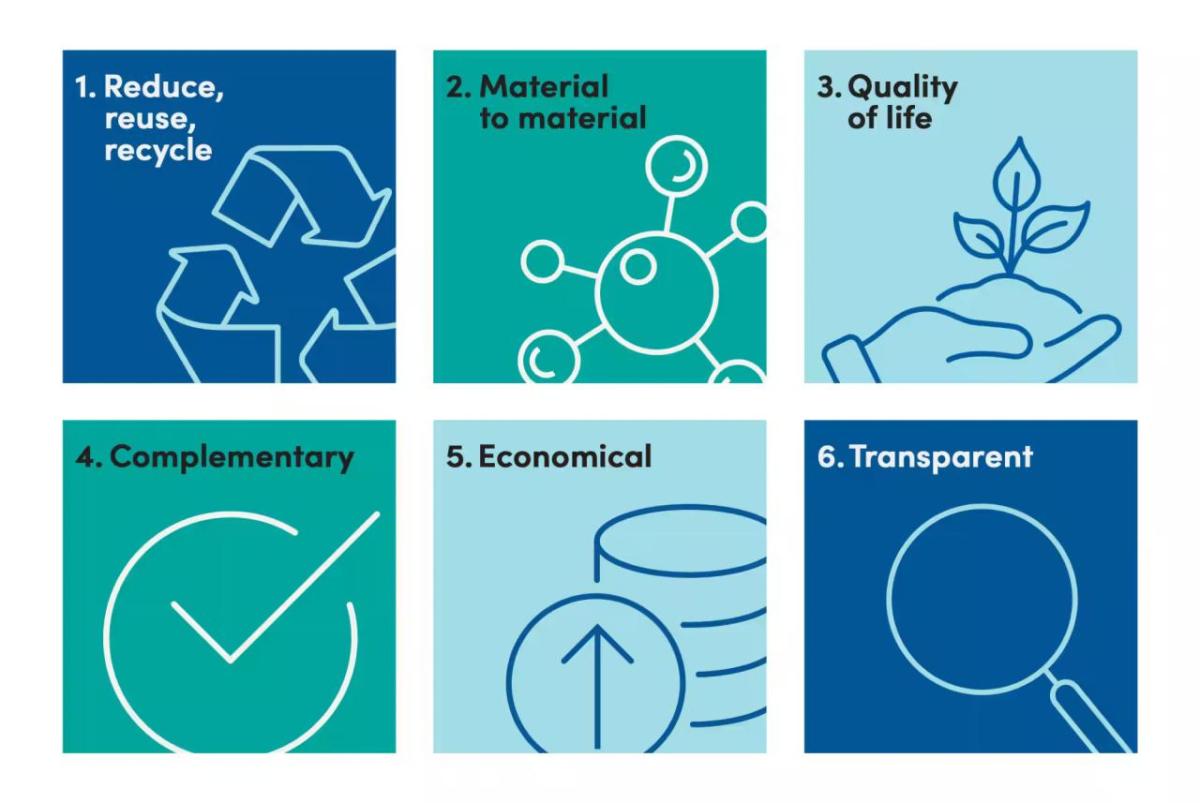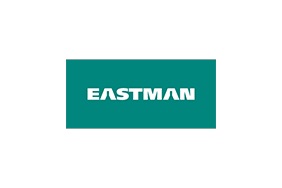Discover Eastman’s Six Principles Driving Innovation
Learn about our how we're transforming recycling to create a circular economy in this six-part series.
Published 03-15-24
Submitted by Eastman

The recycling industry is evolving. Emerging technologies are creating new opportunities to recover and reuse existing materials like hard-to-recycle plastics. These approaches to recycling vary from mechanical recycling that is familiar to the public and are a promising foundation for a circular economy.
Mechanical recycling
Modern mechanical recycling has been around for more than 50 years. With mechanical recycling, materials such as milk jugs and aluminum cans are placed in the recycling system to be ground or shredded. The shredded materials are then washed and dried before being reprocessed.
It’s a relatively energy-efficient process, but there are shortcomings to mechanical recycling. It accepts limited materials and can only prolong their inevitable end of life because the process downgrades the material — ultimately, creating materials that can no longer be recycled and are destined for the landfill.
Despite these shortcomings, mechanical recycling is an important tool for returning certain materials to the value chain. The system is effective. But to move toward a more circular economy, mechanical recycling should be supplemented with other technologies.
Advanced recycling
Advanced recycling, often referred to as chemical recycling, is designed to address those shortcomings and is promising great progress for the material industry and, in some cases, true circularity. As the industry defines itself, the terms "advanced" and "chemical" are often used interchangeably, but there are various processes and outputs that fall under the category of "advanced recycling." The most promising for a circular future, however, is molecular recycling — a type of advanced recycling we are exclusively committed to.
Molecular recycling
Molecular recycling, a term first coined by Eastman, is a material-to-material recycling method that breaks waste down into its molecular building blocks, which are then used to create virgin-quality material. Molecular recycling provides near infinite recyclability, and when certain parameters are met, it’s a powerful solution for enabling a truly circular future for the material industry.
Our six principles for the circular economy outline these parameters and can serve as a guide for the industry and policymakers to help propel closed-loop recycling and reduce environmental and social consequences of the material industry.
These principles can be easily summed up like this: “Reduce, reuse and recycle” is only the beginning. Material-to-material recycling improves quality of life, is a complement to mechanical recycling and should be economically viable and transparent.
Imagine the positive impact if policymakers support this approach and the industry adopts these principles. We believe it will greatly improve the state of the material and recycling industry and, ultimately, the state of the planet.
The role of consumers
According to our 2023 Consumer Insights Report, millennials and Gen Z care deeply about the waste crisis. In fact, 83% say they’re very concerned about the increasing amount of plastic waste headed to landfills or being incinerated. And 79% are concerned about single-use plastics. But a similarly high amount (70%) aren’t convinced that the items they place in the recycling bin are actually getting recycled, and 65% express confusion about what can be recycled.
That’s not great news. Even though the desire to recycle is strong, it’s clear that the recycling system itself is instilling doubt and confusion, impacting recycling behaviors and, ultimately, the amount of waste we’re capturing to create a circular economy.
But to improve the system, we need everyone to keep recycling. According to Rubicon, 75% of our waste is recyclable, but Americans are only recycling 30%. And roughly 80% of the items buried in landfills could be recycled. Those are staggering statistics.
Although there are challenges with our current processes, 69.1 million tons of material waste was recycled in 2018. And the industry is moving quickly to improve and evolve the system to make it more effective. By continuing to recycle, consumers are diverting valuable “waste” from the landfill and helping these materials enter back into the circular economy. Because, with the capabilities of molecular recycling, it’s only waste if you waste it.
The role of companies
Brands and companies also have a critical role to play. As companies continue to set, strive for and reach their recycled content goals in packaging and products, the demand for recycled content will continue to grow. But alongside that, we need consumers to trust that the system works so that they continue to recycle.
As demand and trust grow, the recycling system becomes more and more robust. To help achieve this, companies should create products and packaging made with recycled content, design for recyclability and clearly communicate how to recycle packaging and products after use.
The role of policy
Not all advanced recycling is created equal. And many approaches — like Eastman’s molecular recycling technologies — have been lumped in with other chemical recycling methods, some of which are far less sustainable and may be more energy intensive or not circular, such as technologies that burn materials for fuel.
Because of this misunderstanding of these emerging technologies, current policy proposals tend to be cautious and restrictive. This hinders progress in the industry. However, if legislation adopted these six principles as a guide for policy, it would enable innovation in advanced recycling and allow sustainable technologies to thrive.
With molecular recycling, waste becomes infinitely valuable. We only risk not having enough material input if people don’t return the plastic waste back to the system. So there needs to be a shift in thinking. We have to start seeing what was previously known as “waste” as inherently valuable and design infrastructure and policy to aid in the collection of these materials. This will benefit communities and brands alike and create a more sustainable material infrastructure. Consumers have a role to play, but brands and policymakers hold the keys to set the circular economy in motion.
Keep reading to learn more about each of the six principles for the circular economy.

Eastman
Eastman
Founded in 1920, Eastman is a global specialty materials company that produces a broad range of products found in items people use every day. With the purpose of enhancing the quality of life in a material way, Eastman works with customers to deliver innovative products and solutions while maintaining a commitment to safety and sustainability. The company’s innovation-driven growth model takes advantage of world-class technology platforms, deep customer engagement, and differentiated application development to grow its leading positions in attractive end markets such as transportation, building and construction, and consumables. As a globally inclusive and diverse company, Eastman employs approximately 14,000 people around the world and serves customers in more than 100 countries. The company had 2023 revenue of approximately $9.2 billion and is headquartered in Kingsport, Tennessee, USA.
About Eastman in the circular economy: In 2019, Eastman became the first company to begin commercial-scale chemical recycling for a broad set of waste plastics that would otherwise be landfilled or, worse, wind up in the environment. Eastman's molecular recycling technologies can process waste plastics traditional mechanical recycling methods cannot—including polyesters, polypropylene, polyethylene, and polystyrene—derived from a variety of sources, including single-use plastics, textiles, and carpet. These technologies provide a true circular solution of endless recycling for materials, allowing them to be reused repeatedly.
To learn more about how we’re working to make a more circular economy visit eastman.eco.
More from Eastman

